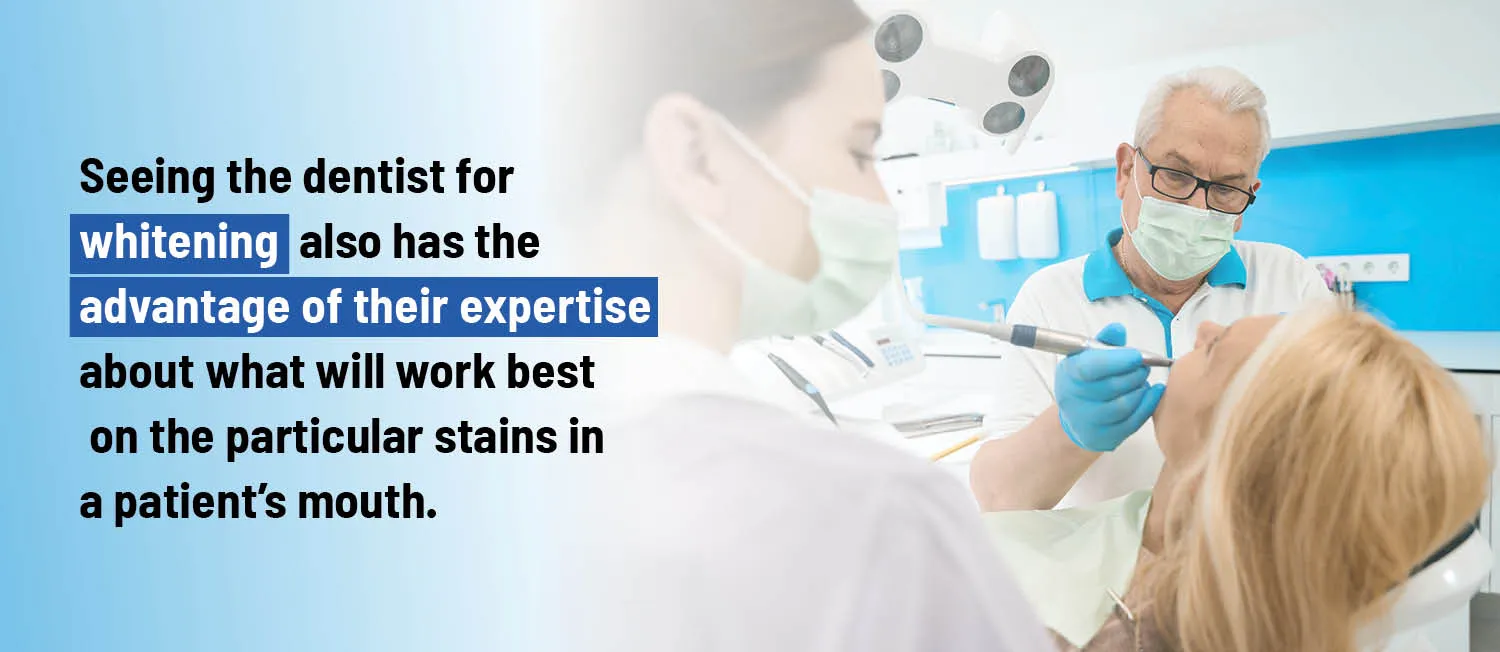What is Bicarbonate and How Does It Whiten Teeth
Bicarbonate, commonly known as baking soda, is a white crystalline powder that has a wide range of uses, from baking to cleaning. When it comes to teeth whitening, bicarbonate has gained popularity as a home remedy. But what exactly is it, and how does it work to make your smile brighter? Bicarbonate is a mild abrasive, meaning it can help scrub away surface stains. Furthermore, it has properties that can neutralize acids in the mouth, contributing to a healthier oral environment. This dual action makes it an attractive option for those seeking a natural teeth whitening solution.
The Science Behind Bicarbonate Whitening
The effectiveness of bicarbonate for teeth whitening can be explained by its chemical properties and abrasive nature. Bicarbonate can effectively lift stains caused by coffee, tea, and other foods by gently scrubbing the tooth surface. It also helps to alter the pH level in your mouth. Maintaining a balanced pH can reduce the likelihood of stains setting in and support the overall health of your teeth and gums. The abrasive quality of bicarbonate is, however, a delicate balance. It’s strong enough to remove stains, but it must be used carefully to avoid damaging tooth enamel.
How Bicarbonate Removes Stains
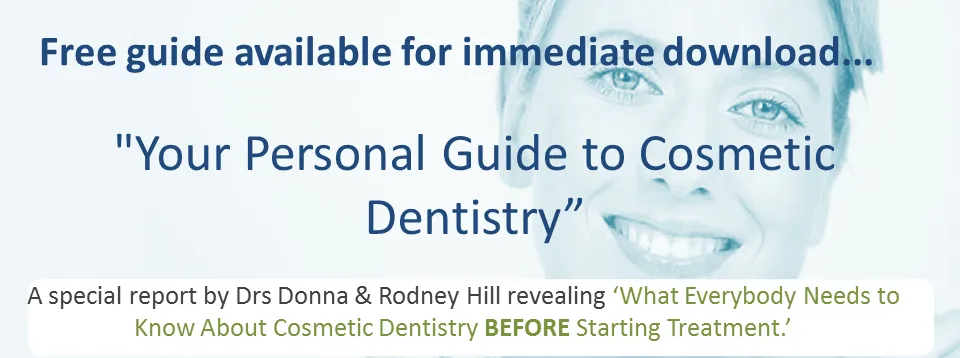
Bicarbonate works primarily by mechanical action to remove stains. Its slightly gritty texture helps to break down and remove the pigmented compounds that cause discoloration on the enamel surface. It is important to understand that bicarbonate does not change the intrinsic color of your teeth. Instead, it removes the stains that have accumulated. This makes it a useful option for dealing with surface stains, but it may not be as effective on deeper discoloration. Regular use, with the appropriate precautions, can help maintain a brighter smile by keeping your teeth clean and free of surface stains.
Top 5 Facts About Bicarbonate for Teeth Whitening
Fact 1 Bicarbonate is a Mild Abrasive
As mentioned previously, the abrasive nature of bicarbonate is one of its primary mechanisms for removing surface stains. This gentle abrasion helps to polish the teeth, removing the build-up of stains from food, drinks, and tobacco. However, it is crucial to use bicarbonate with care, as excessive or aggressive scrubbing can potentially damage the enamel over time. It is best to use it sparingly and in combination with a soft-bristled toothbrush to minimize the risk of enamel erosion.
Fact 2 Bicarbonate Can Neutralize Acids
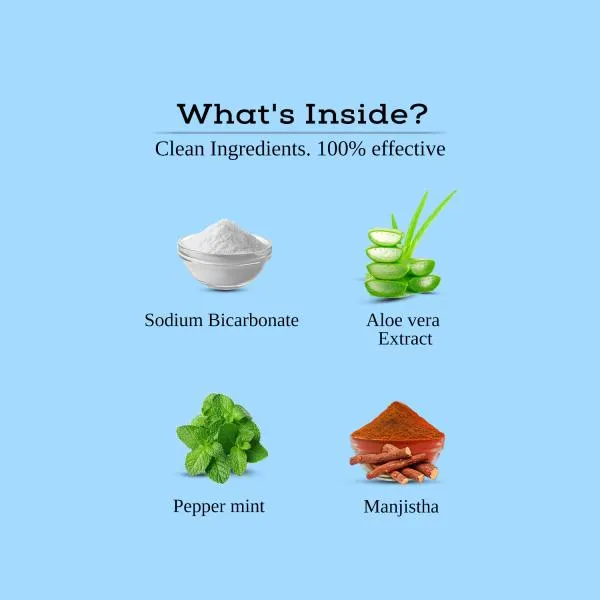
Bicarbonate possesses alkaline properties, meaning it can help neutralize acids in the mouth. Acids are a common cause of enamel erosion, which can lead to tooth sensitivity and increased susceptibility to staining. By counteracting these acids, bicarbonate can contribute to a healthier oral environment, reducing the risk of tooth decay and the build-up of stains. This makes it a valuable addition to your oral hygiene routine for maintaining overall dental health, but is not a substitute for regular brushing and flossing.
Fact 3 Bicarbonate Can Help Remove Plaque
The abrasive action of bicarbonate can also help remove plaque, the sticky film of bacteria that forms on teeth. Plaque is a major contributor to tooth decay and gum disease. By removing plaque, bicarbonate can assist in maintaining cleaner teeth and a healthier mouth. This is a significant benefit, but it’s also important to remember that bicarbonate is not a replacement for regular brushing and flossing. It is best used as a supplementary measure in combination with good oral hygiene practices.
Fact 4 Bicarbonate Can Improve Breath
Bicarbonate can help improve breath by neutralizing the acids that contribute to bad breath. It can also act as an antibacterial agent, reducing the number of odor-causing bacteria in the mouth. This can lead to fresher breath and a more confident smile. While bicarbonate can be a useful tool for combating bad breath, it’s important to address any underlying causes, such as poor oral hygiene, gum disease, or other health issues. Regular dental check-ups and a consistent oral hygiene routine are crucial for sustained fresh breath.
Fact 5 Bicarbonate is Generally Affordable
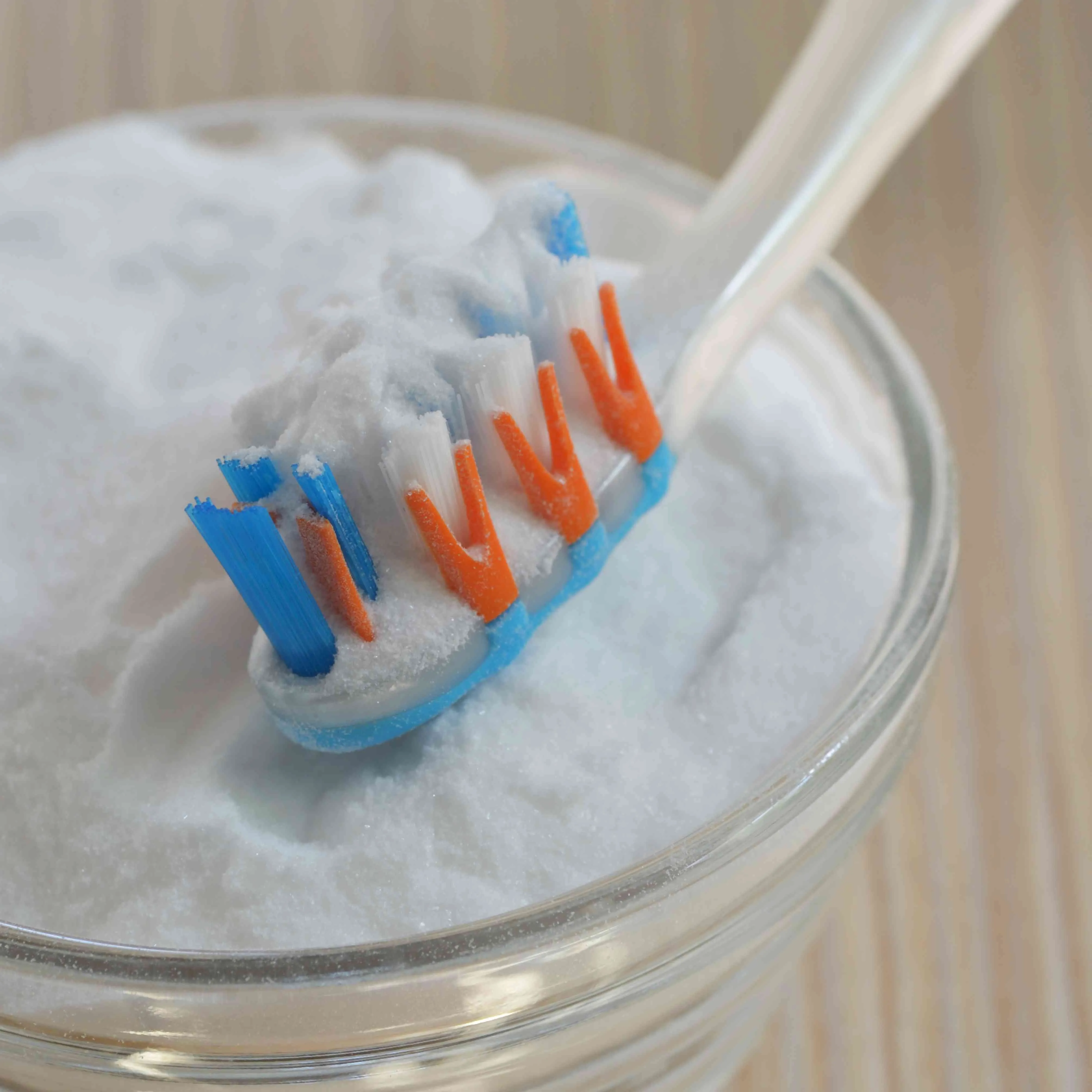
One of the most appealing aspects of using bicarbonate for teeth whitening is its affordability. Compared to professional teeth whitening treatments and many over-the-counter products, bicarbonate is a very inexpensive option. A box of bicarbonate can last for months, making it an accessible solution for those looking to brighten their smiles without breaking the bank. While affordability is a definite advantage, it’s important to weigh this benefit against the potential risks and limitations of this whitening method.
How to Use Bicarbonate for Teeth Whitening
Bicarbonate Whitening Methods
Bicarbonate and Water Paste
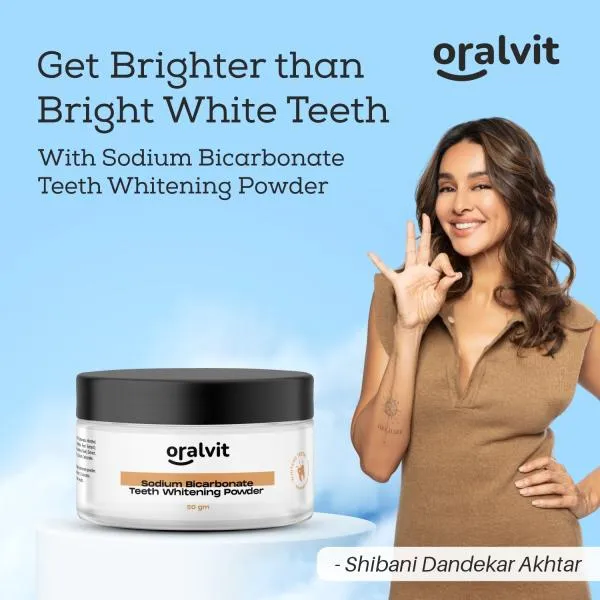
One common method is to mix bicarbonate with water to form a paste. You can start by adding a small amount of bicarbonate to a cup and slowly adding water until you achieve a thick consistency. Use a soft-bristled toothbrush to apply the paste to your teeth, brushing gently for about two minutes. After brushing, rinse your mouth thoroughly with water. It is important to note that you should not use this method frequently, as excessive use can damage tooth enamel. It is recommended to use this method no more than once or twice a week.
Bicarbonate and Toothpaste
Another method involves adding a small amount of bicarbonate to your regular toothpaste. Apply your usual toothpaste to your toothbrush, then dip the bristles into a small amount of bicarbonate. Brush your teeth as usual, ensuring you cover all surfaces. This method can provide the benefits of bicarbonate while also incorporating the fluoride and other ingredients in your toothpaste. Again, it is important to avoid excessive use to prevent potential damage to the enamel. Moderation is key when using bicarbonate for teeth whitening.
Bicarbonate and Other Ingredients
Some people combine bicarbonate with other ingredients to enhance its teeth whitening properties. For instance, a small amount of hydrogen peroxide can be added to the bicarbonate and water paste. Hydrogen peroxide is a bleaching agent, and it can help to further lighten the teeth. However, it is crucial to use hydrogen peroxide with extreme caution, as excessive concentrations can damage the gums and teeth. You should also consider adding a few drops of essential oils. It is advisable to consult a dentist before combining bicarbonate with any other ingredients.
Potential Risks and Side Effects of Bicarbonate Whitening
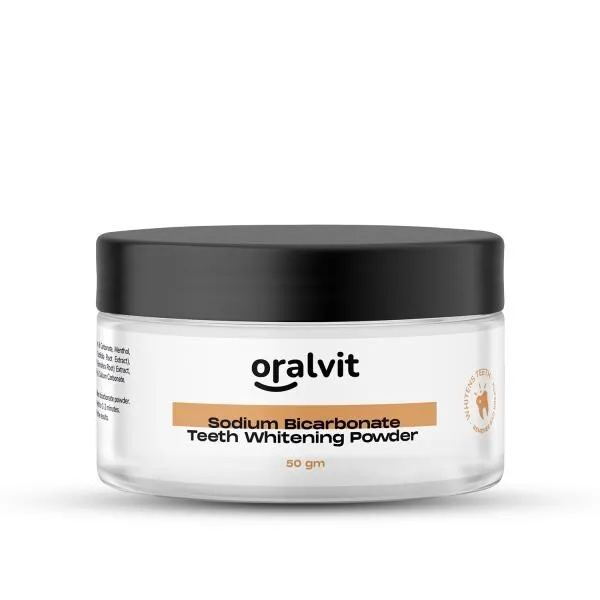
Enamel Erosion
One of the primary risks associated with using bicarbonate for teeth whitening is enamel erosion. The abrasive nature of bicarbonate can wear away the enamel over time, making the teeth more susceptible to sensitivity, decay, and staining. Once enamel is gone, it cannot be naturally replaced, so it is important to protect this protective layer. Excessive or improper use of bicarbonate can accelerate this process, so it’s important to use it sparingly and gently. If you notice any signs of increased sensitivity, discontinue use and consult with your dentist.
Gum Irritation
Bicarbonate can also irritate the gums, particularly if used excessively or if the paste is too abrasive. Symptoms of gum irritation include redness, swelling, and bleeding. Individuals with sensitive gums are more likely to experience these effects. If you notice any signs of gum irritation, discontinue use of bicarbonate and consult your dentist. Maintaining good oral hygiene practices, including gentle brushing and flossing, can help to minimize the risk of gum irritation.
Sensitivity
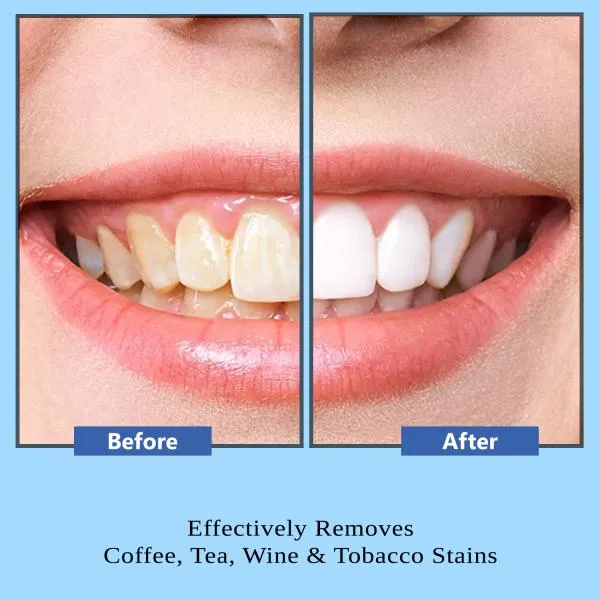
Tooth sensitivity is another potential side effect of using bicarbonate. As the enamel wears away, the underlying dentin becomes exposed. Dentin contains tiny tubules that lead to the nerves in the teeth, making them more sensitive to hot, cold, sweet, or acidic foods and drinks. If you experience increased sensitivity, it may be a sign that you are using bicarbonate too frequently or that your enamel is being eroded. It is best to reduce the frequency of use or discontinue use and consult with your dentist for advice.
Alternatives to Bicarbonate for Teeth Whitening
Professional Teeth Whitening
Professional teeth whitening treatments are performed by a dentist and offer the most effective and reliable results. These treatments use stronger bleaching agents than those available over the counter, and they are administered under professional supervision to minimize risks. In-office whitening can provide dramatic results in a single session. Professional whitening is a great choice for those who want significant whitening. A dentist can also assess your oral health and recommend the most appropriate treatment for your needs.
Over the Counter Whitening Products
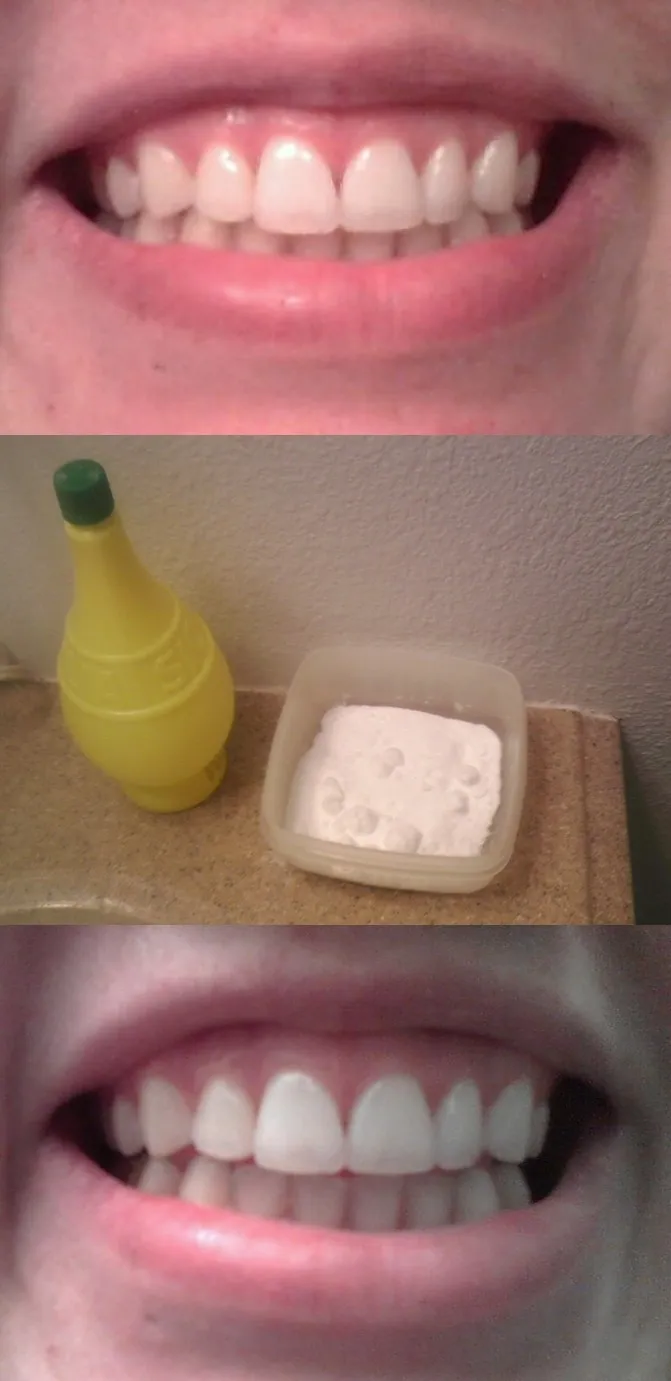
Numerous over-the-counter teeth whitening products are available, including whitening toothpastes, strips, and gels. These products typically contain lower concentrations of bleaching agents than professional treatments, but they can still provide noticeable results. Whitening toothpastes usually contain mild abrasives that help remove surface stains, while strips and gels often contain peroxide-based bleaching agents. Always follow the instructions on the product and look for products that have the American Dental Association (ADA) Seal of Acceptance, indicating they have been tested and approved for safety and effectiveness.
Conclusion
Bicarbonate can be a convenient and affordable way to whiten your teeth. However, it is important to be aware of the potential risks and side effects associated with this method. When used in moderation, bicarbonate can help remove surface stains and contribute to a brighter smile. For the best results and to minimize the risk of damage, it is crucial to follow the correct methods, use it sparingly, and consult your dentist for personalized advice. Considering alternatives and understanding the limitations of bicarbonate whitening will help you make an informed decision about your oral health. Always prioritize your oral health and consult a dentist for any concerns.
